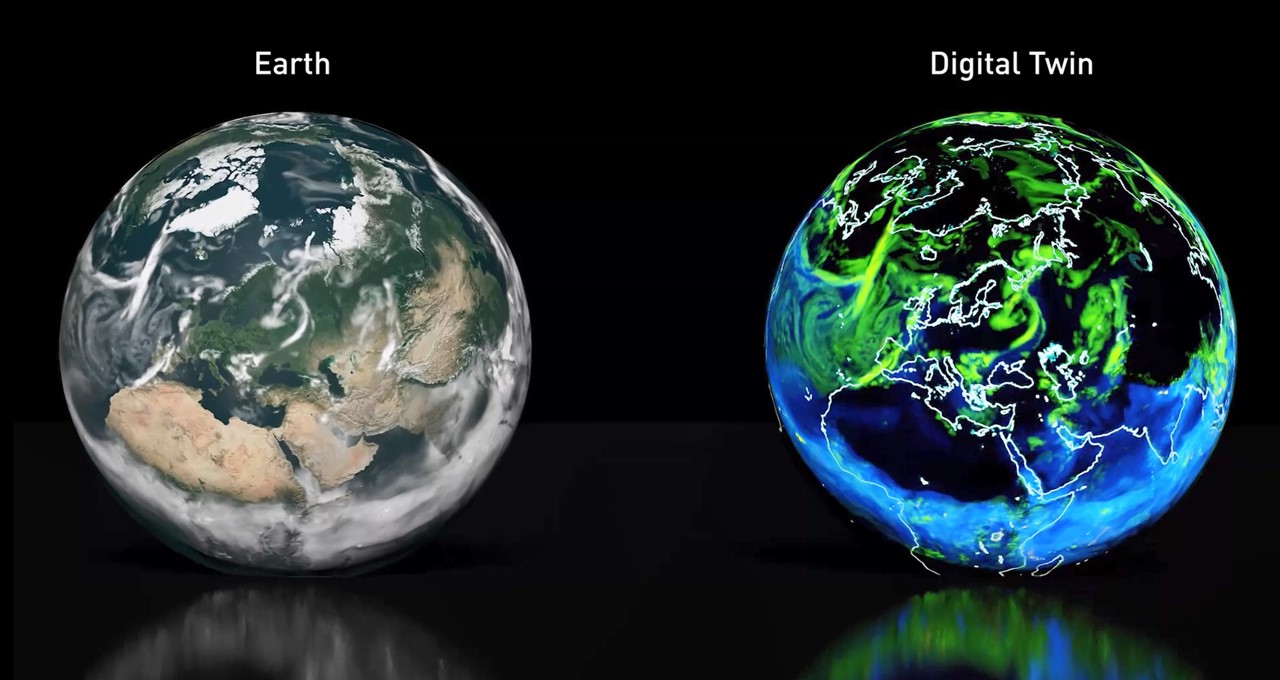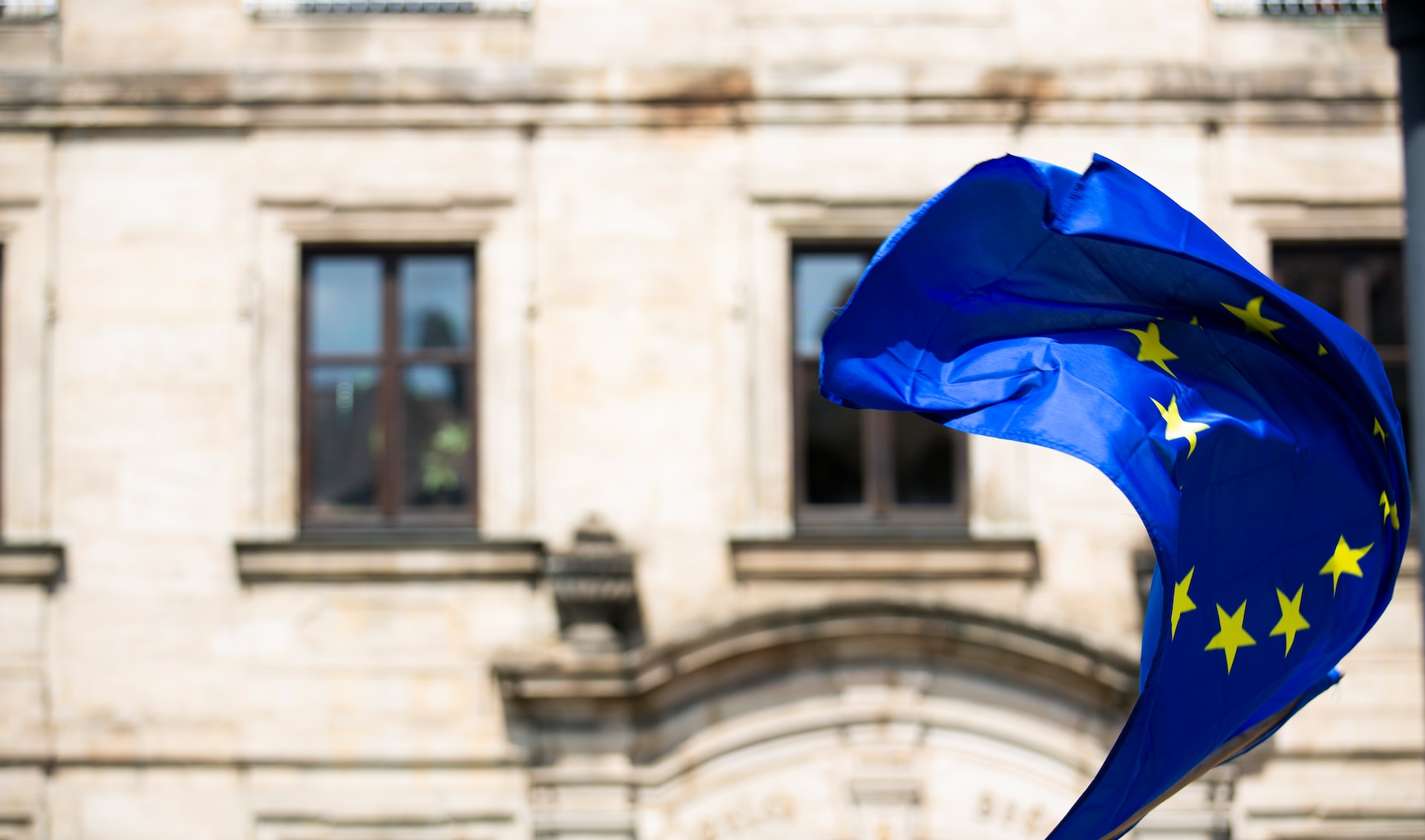
With the prevalence of AI in today’s app market, it is logical for Adobe to follow suit. Recently, Adobe entered the AI landscape by launching Firefly, a generative AI model. The primary objective is to integrate AI into Adobe’s range of apps and services.
According to Alexandru Costin, Adobe’s Vice President, Firefly will generate media content by employing multiple AI models that work across various use cases. This will build upon the existing generative AI models already used in Express, Lightroom, and Photoshop, allowing users to create content using just a description.
Costin confirmed that Firefly would be Adobe’s next AI milestone, working with new ‘gen tech’ models that cater to imaging, typography, illustration, and other assets. This content will be created on Creative Cloud, Document Cloud, and Experience Cloud.
Additionally, Adobe’s Firefly model goes beyond the simple conversion of text to image, as it can “transfer” styles to existing images. Drawing on user-provided descriptions can also apply styles or textures to lettering and fonts.
Creators
The initial Firefly model operates similarly to other text-to-image AI models, such as OpenAI’s Stable Diffusion and DALL-E 2. These models have the ability to convert picture styles and produce fresh images from textual descriptions. Nonetheless, Adobe asserts that Firefly would sidestep the moral and practical issues that many of its rivals have faced, which is an impressive achievement.
Adobe’s Solution
Adobe noted that the proposed solution involves training Firefly models to read only Adobe Stock content. Furthermore, Adobe is considering a compensation model for Stock contributors who are interested in monetizing their skills. Artists who do not wish to participate in the training can label their work with a “do not train” tag. Adobe is committed to providing artists with more control over their work.
Copyright Challenges
Adobe customers may face a new challenge when determining their rights to artwork generated by Firefly. In the United States, current federal guidance regarding the copyright status of AI-generated art is not entirely clear.
The US Copyright Office initially rejected copyrights for AI-generated images produced by Midjourney. However, they later stated that copyright protection would depend on the circumstances, primarily how the AI tool works and how it was used to create the final product.
Costin acknowledges that the ownership of AI-generated art is currently a bit unclear under the law. He believes that adding “creative input” to a generated image using Adobe’s tools should suffice for creators to obtain copyright protection.
The featured image is from Adobe.com



